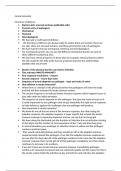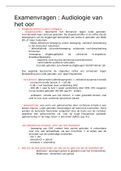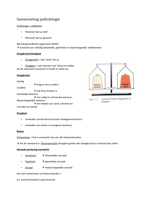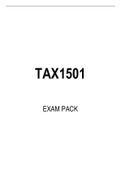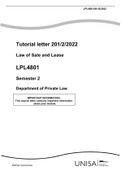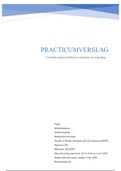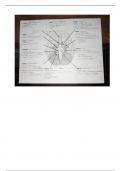Lecture notes
innate immunity
- Module
- Mechanisms of pathology
- Institution
- Aston University, Birmingham (Aston)
preview:First lines of defence • Barriers-skin, mucosal surfaces (epithelial cells) • Prevent entry of pathogens • Mechanical • Chemical • Microbiological • We have got a multi layered defense. • the first lines of defense are always ready for action these are barriers, th...
[Show more]
